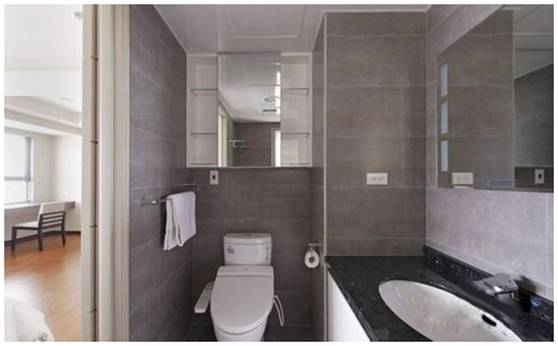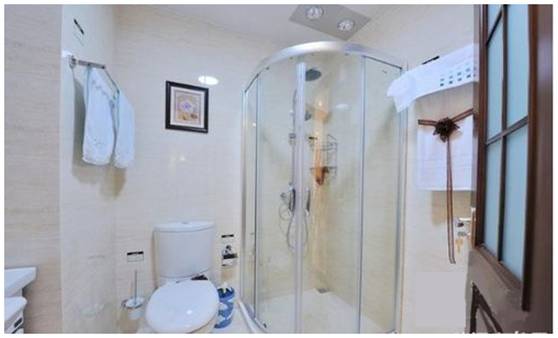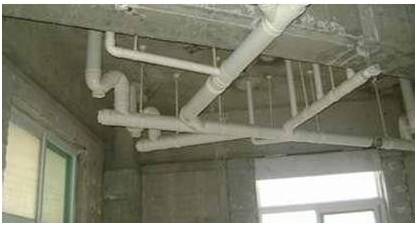When it comes to bathroom drainage pipes, they are a familiar sight in our daily lives. Drainage pipes are a crucial component that ensures the normal operation of bathroom facilities, much like blood vessels are vital for our body. Without drainage pipes, a bathroom would struggle to function properly, and its entire operation could come to a standstill. So, how do we install bathroom drainage pipes? What should we pay attention to during the installation process? This article introduces the general operational standards for installing bathroom drainage pipes.

Methods/Steps
The decoration of bathrooms is generally consistent with other rooms in our homes, but due to its unique function, we need to reinforce certain aspects. The special function of the bathroom imposes high requirements for waterproofing, odor prevention, ventilation, and slip resistance. These requirements are key considerations when installing bathroom drainage pipes. We usually ensure that the installation of bathroom drainage pipes meets these requirements through the following measures.

Firstly, regarding materials. PVC pipes are generally used for drainage pipes, and for high-rise buildings, it's best to use double-walled hollow or spiral noise-reducing pipes; the adhesives and concealed plumbing works must use the best materials to ensure there are no odors, no leaks, and preferably fire-retardant properties. Drainage horizontal pipes should have a slope, generally not less than 1%; when installing drainage pipes, ensure that the drainage gradient facilitates the timely discharge of wastewater.

Secondly, if a single drainage horizontal pipe serves more than one sanitary appliance, it is necessary to add a cleaning port (inspection port). The inspection port is generally one meter from the ground, and the center of the H-pipe is about one and a half meters. The inspection port is used for maintenance and quick troubleshooting.

Additionally, if the length of the PVC vertical pipe exceeds 4 meters, an expansion joint must be added, and each floor of a commercial building needs to have an expansion joint. The expansion joint is based on the center of the T-junction, and if the horizontal pipe is more than two meters long, a dedicated expansion joint for the pipe should be installed.

Also, if the sanitary ware itself does not have a water storage bend, it is essential to install an S-shaped or P-shaped water storage bend on the pipe to prevent odors from escaping through the pipe and to ensure fresh air in the bathroom.

Furthermore, high-rise vertical pipes should also have fire stops installed, and the installed pipes should be kept away from sources of fire to avoid accidents.

Lastly, even in a bathroom, aesthetic considerations are necessary during decoration, so plan the layout reasonably before starting the renovation.